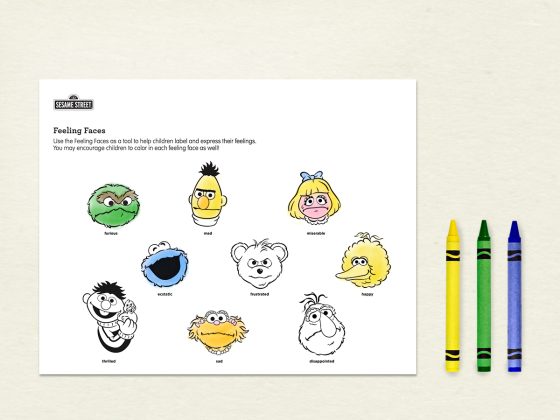
Naming and Expressing Feelings
Teach children to understand and manage their big feelings.
- Print out this page and ask kids to point to a face and name the emotion. Give examples of when one of you has felt (or might feel) that way: “I feel ecstatic (really happy and excited) when it’s my birthday,” or “I felt sad when I broke my favorite toy” or “I feel frustrated if I have to wait to use the swing.” Explain that all the feelings are okay.
- Invite children to look at the feeling faces and choose one feeling to show on their own face. Try to guess what that feeling is. Can kids think of a time when they felt that way?
- Repeat with the different feelings. When challenging behavior occurs in the future, ask kids to name their feelings. You can refer to the chart, too.
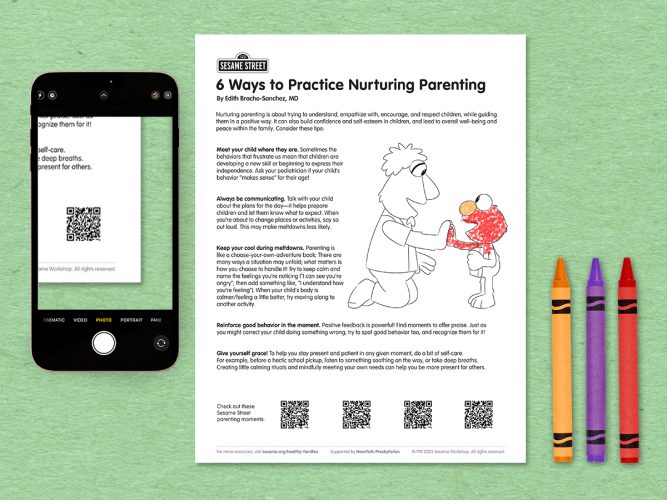
6 Ways to Practice Nurturing Parenting
Tips from a pediatrician on understanding, empathizing with, encouraging, and positively guiding children.
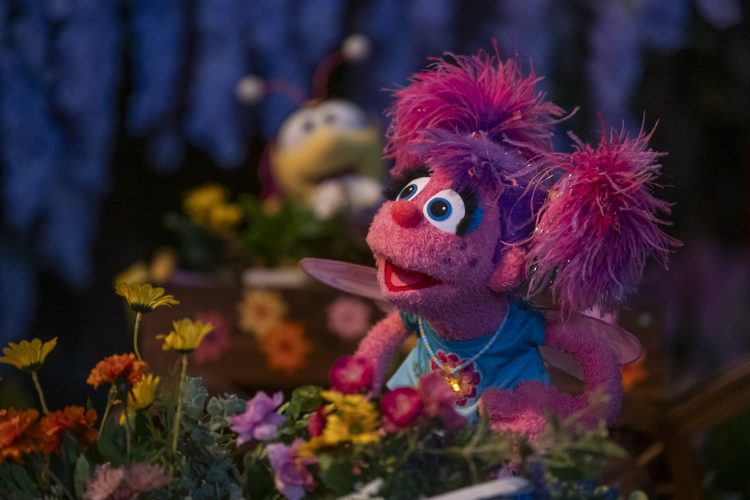
Watch and Play: Abby's Magical Beasties
Watch this episode and explore ways to extend the learning at home.
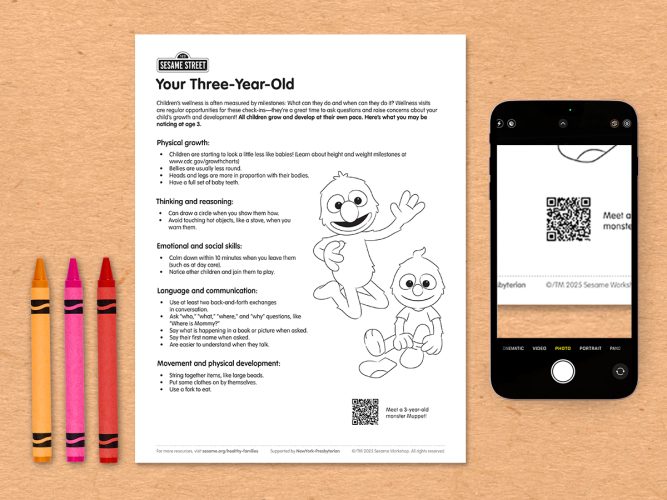
Milestones: Your Three-Year-Old
All children grow and develop at their own pace; use this chart to guide your expectations and observations so you can talk to your child’s pediatrician about questions or concerns.
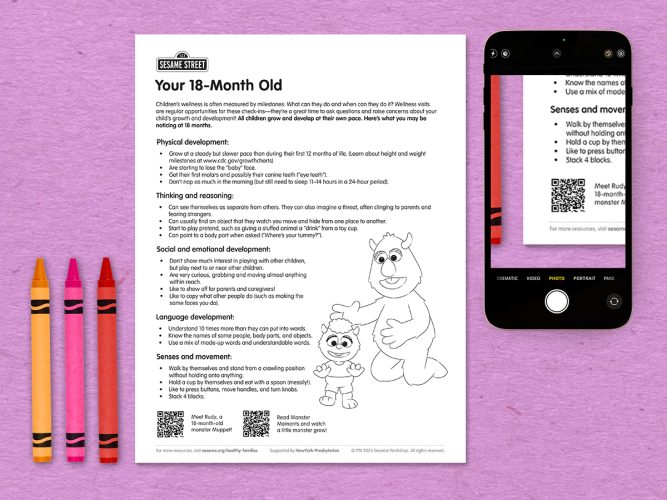
Milestones: Your 18-Month Old
All children grow and develop at their own pace; use this chart to guide your expectations and observations so you can talk to your child’s pediatrician about questions or concerns.
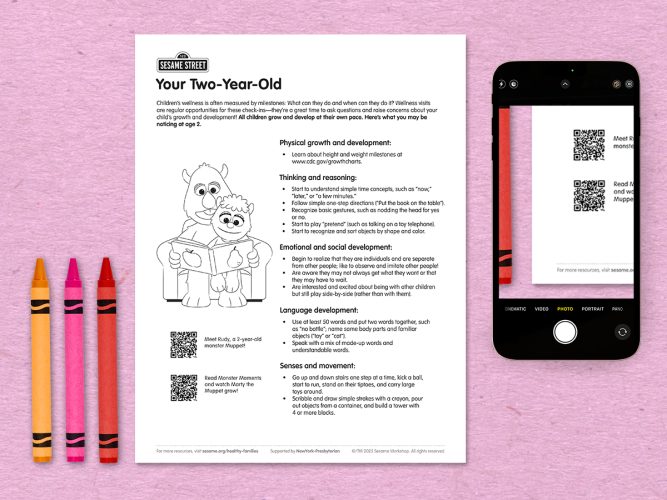
Milestones: Your Two-Year-Old
All children grow and develop at their own pace; use this chart to guide your expectations and observations so you can talk to your child’s pediatrician about questions or concerns.
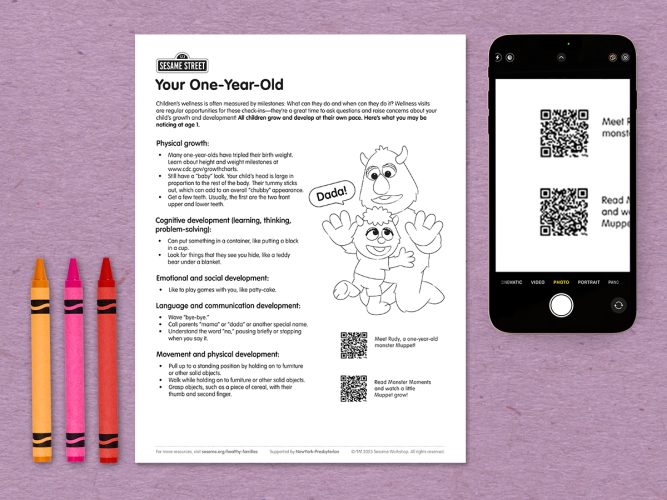
Milestones: Your One-Year-Old
All children grow and develop at their own pace; use this chart to guide your expectations and observations so you can talk to your child’s pediatrician about questions or concerns.
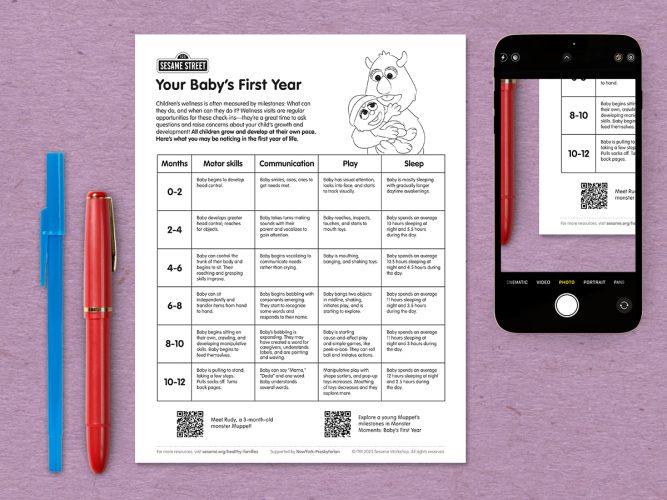
Milestones: Your Baby’s First Year
All children grow and develop at their own pace; use this chart to guide your expectations and observations so you can talk to your child’s pediatrician about questions or concerns.
